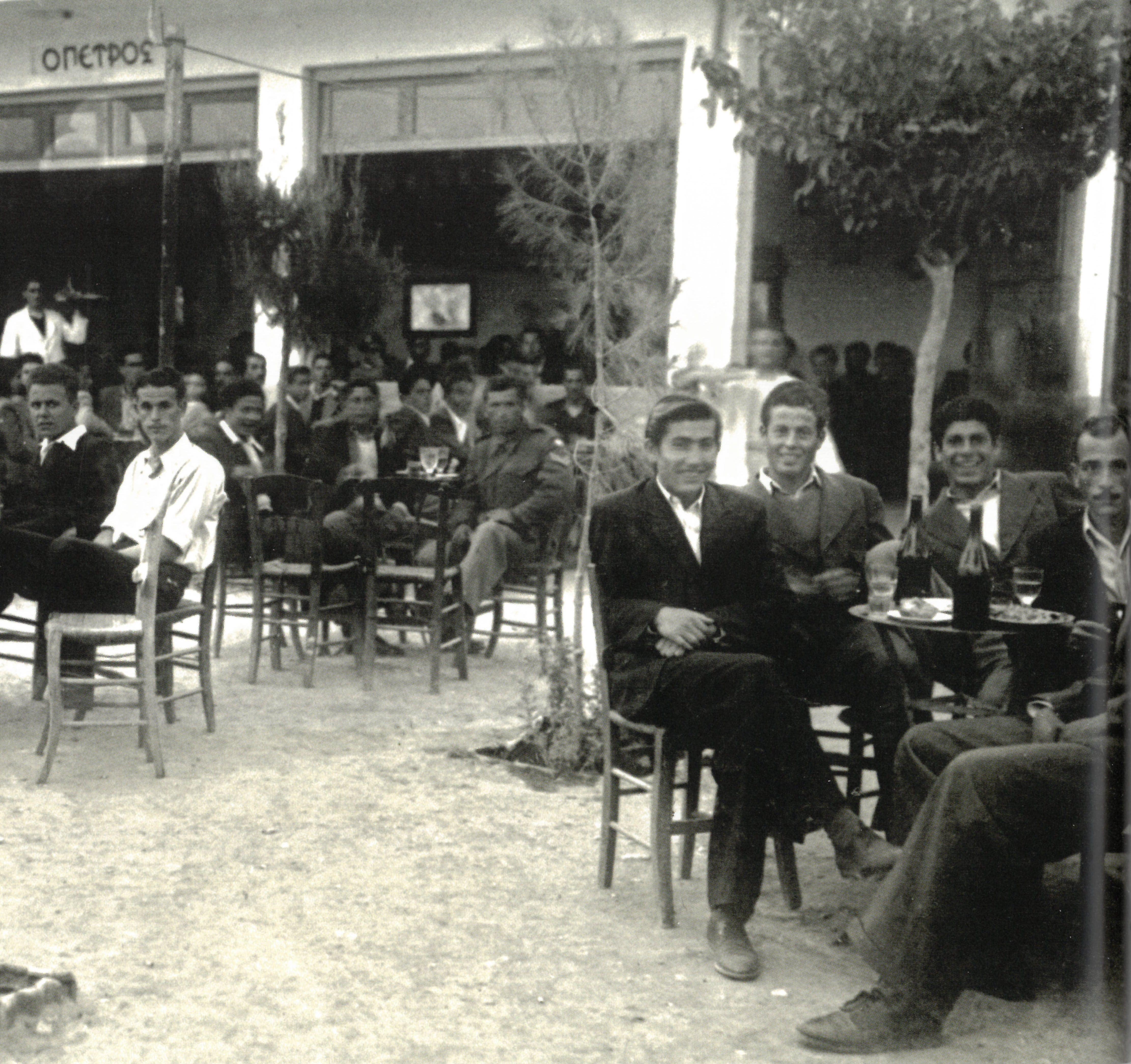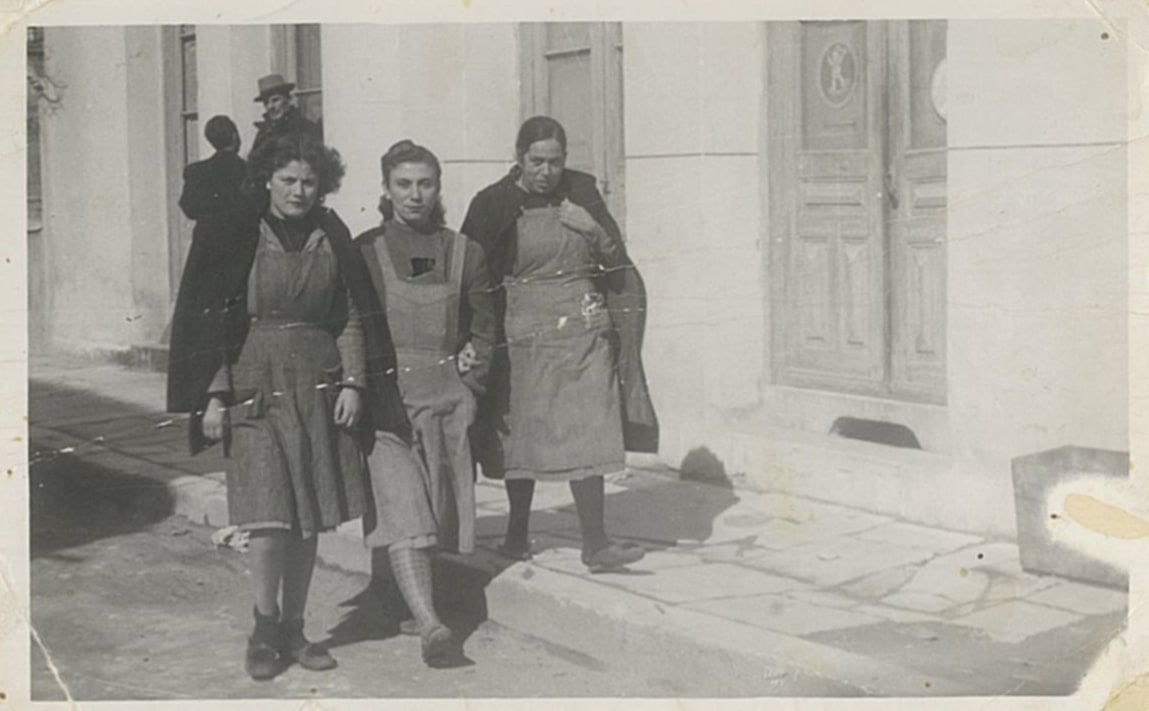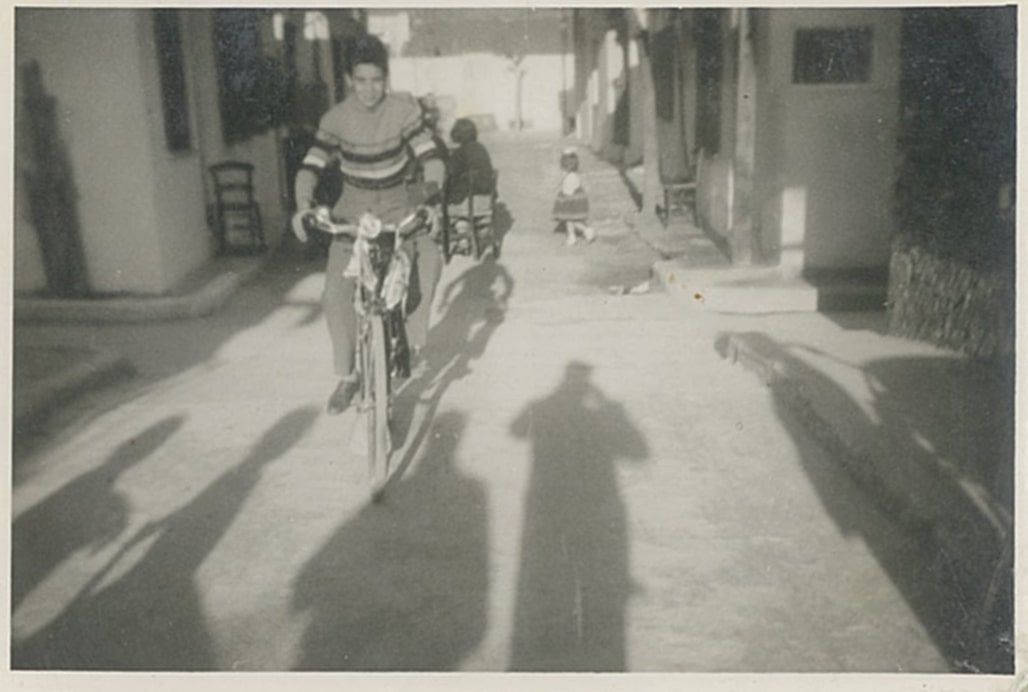Nea Ionia: Care and solidarity in the community
‘I had lovely memories of living with my grandma. Sweet moments. And I experienced how much these people cared, how they lived, in houses which practically nested together, one inside the other… how close they were, even though they had their quirks, even though they were difficult. They were people and like all people, they too had their bad side; they gossiped, they were two-faced, but all in all they loved and cared about each other. Their door was always open for a neighbour in need.’
The history of the Nea Ionia refugee settlement is not the history of the buildings or the streets, nor is it the history of its different neighbourhoods: Tetragona, Tsimentenia, Tzamaliotika or Evangelistria. The history of the settlement is the combination of the many histories of its residents, the hardships and the joys, the gossip and the care, the labour and the solidarity of the people who have lived there.
‘When they came here, they brought over icons from Asia Minor. There is a small icon […] supposedly, it performs miracles. It is an icon of the Holy Trinity. People would take it with them whenever they needed God’s help: during a difficult trial they would take it with them in court. People who would have surgery took it with them to the hospital. […] there is wood missing on the back of it. […] This little icon was not just my grandma’s, it belonged to the whole settlement. These people were Greek in Asia Minor, but when they came here they were Turks. They used to call them “Turkish spawn”.’
Among their belongings, the refugees brought over religious icons from the homes they had left behind. These icons were not just decorative or symbolic items, but became functional objects as attested by Kyriaki’s account. They were objects which gave the refugees hope and encouraged them to overcome the hardships of their life, symbolizing not just their faith in God, but also the solidarity and care among the residents of the settlement. As Kyriaki points out, the icon did not just belong to her grandmother, but to the entire settlement.
‘Now the street looks nothing like it used to back then. Few of the old residents still live there: Mrs. Elpida, the lady who lives across from my grandma’s house, Mrs. Zoi who lives next door […] all the other little houses have changed hands. […] Other people have moved in now, people I don’t know. Some are Roma, some are migrants… one by one, the houses were abandoned. […] We accepted these people into the settlement, you can’t leave them out.’
Kyriaki describes how the settlement has changed over the past few decades. She presents Nea Ionia as a place in flux which remains the same in one fundamental way: ever since it was constructed, it has always housed the poor and the newcomers of various time periods.
Objects



